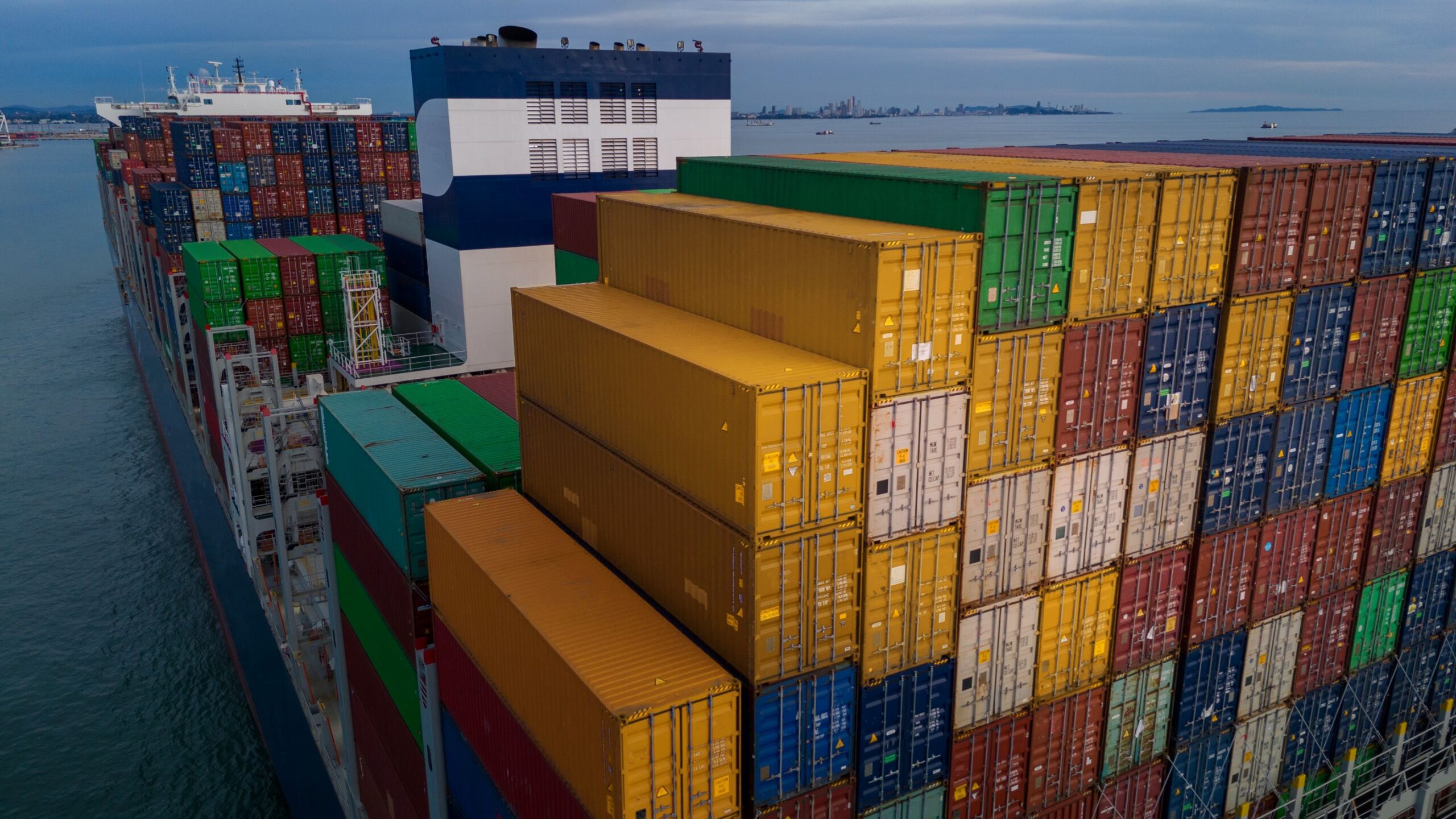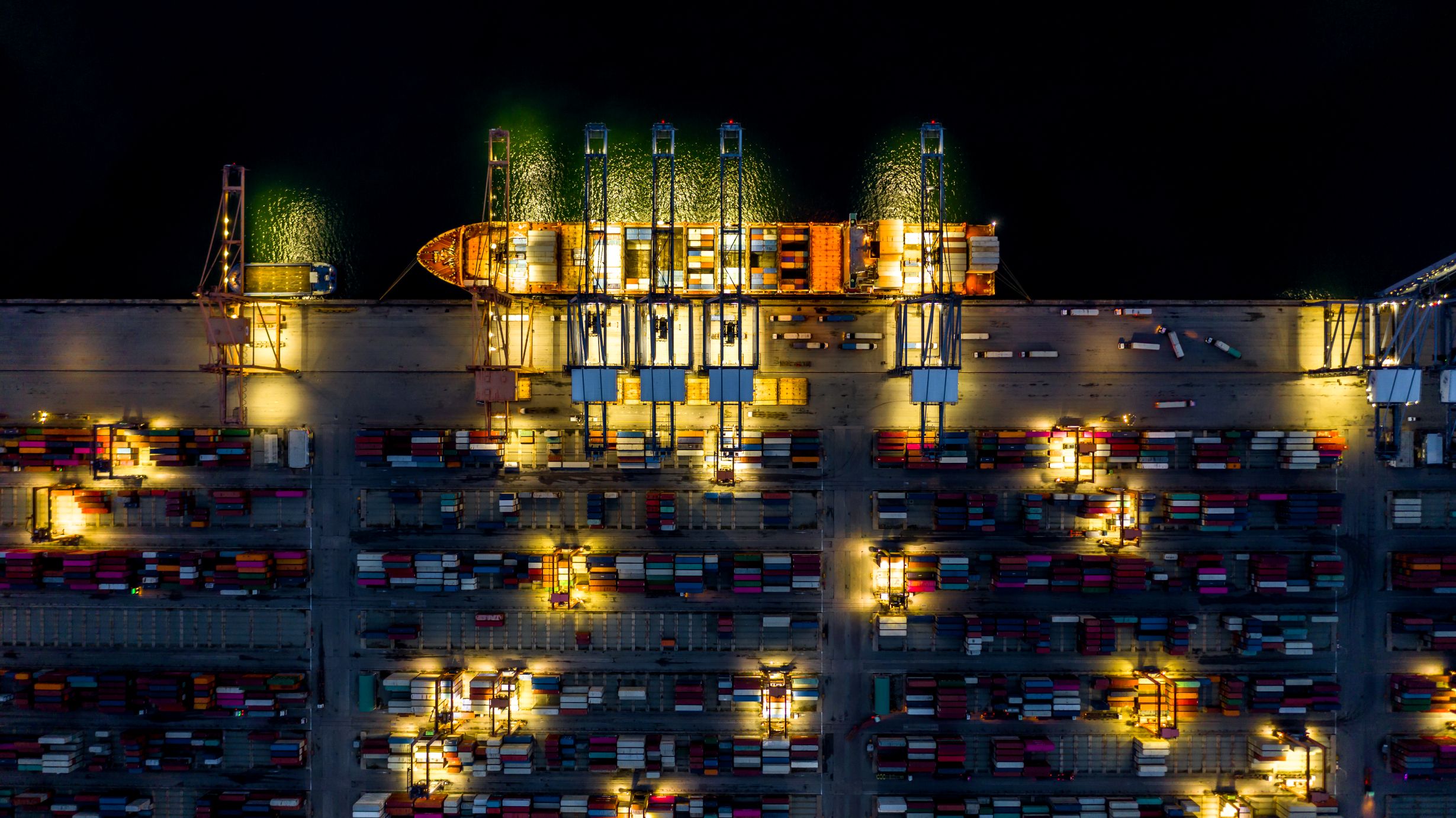As the calendar turns toward 2026, supply chain leaders are already looking past the immediate pressures of the next holiday season. The decisions made now will determine your resilience, cost-effectiveness, and competitive edge in the year ahead. Understanding the post-holiday landscape, including trends in freight forwarding, is crucial for setting a successful course. The period following the peak season rush offers a unique window to reassess strategies, optimize networks, and build a more robust supply chain.
This guide provides a comprehensive freight forwarding outlook 2026, designed for shippers and procurement managers. We will explore the critical trends shaping the logistics environment, from demand normalization and capacity fluctuations to emerging regulations and technological shifts. Our goal is to equip you with the insights and actionable steps needed to navigate the complexities of the coming year and partner effectively for success.
The Post-Holiday Reset: Navigating Demand and Capacity Cycles
The first quarter of any year is traditionally a period of recalibration for freight forwarding. After the frantic pace of peak season, shipment volumes typically soften, creating opportunities for strategic adjustments.
Understanding Post-Holiday Demand Normalization
Following the fourth-quarter surge, demand for consumer goods often dips in Q1 and early Q2. This seasonal lull provides a crucial opportunity to analyze performance data from the peak season. Did your transit times meet expectations? Were your carrier allocations sufficient? This quieter period allows you to reset inventory levels, review supplier performance, and plan for the next inventory build-up without the pressure of urgent, last-minute shipping decisions.
Ocean and Air Capacity: The Ebb and Flow
A key component of the freight forwarding outlook 2026 is anticipating capacity shifts.
- – Ocean Freight: Shipping lines often respond to lower post-holiday demand by announcing blank sailings to manage vessel utilization and stabilize freight rates. While this can tighten capacity unexpectedly, it’s a predictable pattern. Shippers should work with their freight forwarder to gain visibility into carrier schedules and secure allocations well in advance, even during the “slow” season.
- – Air Freight: Air cargo capacity, often constrained by passenger travel demand during holidays, can see some normalization. However, the rapid growth of e-commerce continues to place a high floor on air freight demand. This makes freight forwarding a reliable but premium option for urgent or high-value goods.
Contract vs. Spot Rates: Striking the Right Balance in 2026
The debate between securing long-term contracts versus leveraging the spot market will remain central to freight forwarding and procurement strategy. Post-holiday rate softness can make the spot market look attractive. However, a balanced approach is essential for risk mitigation.
- – Long-Term Contracts: Offer budget certainty and guaranteed capacity, which is vital for core, predictable shipment volumes. Use the Q1 negotiation window to lock in favorable terms with trusted carriers.
- – Spot Market: Provides flexibility for unexpected volume surges or for shipping lanes not covered under contract. A reliable freight partner can help you access competitive spot rates without sacrificing service quality.
For 2026, we recommend a portfolio approach: secure 70-80% of your projected core volume via contracts and retain 20-30% for spot market flexibility. This strategy hedges against both rate volatility and capacity crunches.
Planning Your 2026 Logistics Strategy: A Timeline
Effective preparation requires a structured, quarter-by-quarter approach. Use this timeline to guide your internal planning and discussions with your logistics partners.
| Quarter | Focus Area | Key Actions |
|---|---|---|
| Q1 2026 | Review & Strategize | Analyze 2025 peak season performance. Begin carrier contract negotiations. Review inventory and safety stock levels. |
| Q2 2026 | Implement & Test | Finalize carrier agreements. Test alternative port routings. Implement new visibility tools. Plan initial pre-peak inventory builds. |
| Q3 2026 | Execute Peak Season | Execute main peak season shipping plans. Manage carrier allocations closely. Use real-time visibility to track shipments. |
| Q4 2026 | Final Push & Holiday Ops | Manage final pre-holiday deliveries. Plan for post-holiday returns logistics. Begin preliminary 2027 outlook discussions. |
The Regulatory and Sustainability Horizon: What to Watch
The global trade landscape for freight forwarding is continuously shaped by new rules and growing environmental pressures. Staying ahead of these changes is non-negotiable.
Key Regulatory Updates for 2026
Several regulatory shifts will influence shipping strategies.
- – Customs and Security: Programs like the Customs Trade Partnership Against Terrorism (CT-PAT) in the U.S. and Authorized Economic Operator (AEO) in the EU are becoming more critical. U.S. Customs and Border Protection notes that certified partners benefit from faster customs processing and fewer inspections. Additionally, the phase-in of requirements like the EU’s Import Control System 2 (ICS2) for maritime and road shipments will demand more detailed pre-arrival data.
- – Carbon Reporting: The EU’s Carbon Border Adjustment Mechanism (CBAM) is a significant development in the world of freight forwarding. While its initial phases focus on specific raw materials, the mechanism signals a broader trend toward carbon-based tariffs. Shippers must begin accurately measuring and reporting the carbon footprint of their supply chains.
- – De Minimis Thresholds: Ongoing discussions in the U.S. and other regions about potential changes to de minimis value thresholds—which allow low-value shipments to enter duty-free—could have major implications for e-commerce shippers. A lowering of these thresholds would increase administrative burdens and costs.
Sustainability Pressures and Modal Shifts
A core element of the freight forwarding outlook 2026 is sustainability. Consumers and investors alike are demanding greener supply chains. This pressure is driving a re-evaluation of shipping modes. While ocean freight is generally more carbon-efficient than air, initiatives from organizations like the International Maritime Organization (IMO) are pushing for cleaner fuels and more efficient vessels. Shippers should ask their partners about options for sustainable aviation fuels (SAF), green shipping corridors, and robust CO2 emissions reporting.
Proactive Strategies for a Resilient 2026 Supply Chain
Beyond market trends and regulations, operational excellence will define success in freight forwarding. Focus on these key areas to build resilience.
Right-Sizing Inventory and Exploring Nearshoring
The “just-in-case” inventory strategy of recent years is giving way to a more nuanced “just-right” approach. Advanced forecasting and improved visibility allow for leaner inventory without exposing your business to stockouts.
At the same time, many companies are diversifying their sourcing away from single regions. Nearshoring or friend-shoring—moving production closer to end markets or to allied countries—can reduce transit times, lower transportation costs, and mitigate geopolitical risks, impacting freight forwarding strategies. While not a universal solution, it’s a strategic option worth evaluating as part of your 2026 plan.
Enhancing Visibility and Managing by Exception
Technology is the backbone of a modern supply chain. Shippers should demand and leverage platforms that provide:
- – Real-Time ETA Tracking: Move beyond static carrier updates to dynamic, AI-powered ETAs that account for port delays, weather, and traffic.
- – Milestone Alerts: Automated notifications for key events like port arrival, customs clearance, and final delivery.
- – Exception Management: Proactive alerts when a shipment is at risk of delay, allowing your team to focus on solving problems rather than finding them.
This level of visibility is no longer a luxury; it is a fundamental requirement for effective logistics management.
Comprehensive Risk Management for 2026
The freight forwarding outlook 2026 must include a robust framework for identifying and mitigating risks. Geopolitical instability, climate events, and infrastructure bottlenecks remain persistent threats.
Key Risk Signals and Recommended Actions
| Risk Signal | Potential Impact | Recommended Action |
|---|---|---|
| Geopolitical Tensions | Rerouting, transit delays, increased insurance premiums. | Diversify sourcing locations; work with your forwarder on alternative sea and air routes. |
| Canal Disruptions (Suez/Panama) | Longer transit times (e.g., via Cape of Good Hope), rate spikes. | Pre-book capacity on alternate routes; consider sea-air combination services. |
| Extreme Weather Events | Port closures, infrastructure damage, air and sea delays. | Monitor forecasts from sources like NOAA; have contingency carriers and routes ready. |
| Port Congestion & Labor Strikes | Vessel bunching, chassis shortages, inland delays. | Diversify port gateways; utilize smaller, secondary ports where feasible. |
Budgeting and Setting Realistic KPIs
As you plan your 2026 logistics budget, move beyond a simple cost-per-kilo metric. When it comes to freight forwarding, a strategic budget accounts for the total cost of ownership, including duties, insurance, and the cost of potential delays. Use the post-holiday period to establish clear performance benchmarks with your partners.
| KPI Benchmark | SMB Target | Mid-Market Target | Description |
|---|---|---|---|
| Transit Time Adherence | 90% | 95% | Percentage of shipments arriving within the quoted transit window. |
| On-Time Pickup/Delivery | 95% | 98% | Measures carrier reliability at the first and last mile. |
| Cargo Damage Rate | < 0.5% | < 0.25% | Percentage of shipments with reported damage, by value or volume. |
Building Quarterly Scenarios with Your Freight Partner
The most resilient supply chains are not built on a single, rigid plan. They are designed around flexible scenarios. Work with your freight forwarder to model different outcomes for 2026:
- – Baseline Scenario: Assumes moderate growth and predictable seasonality within freight forwarding. This forms the basis of your primary budget and carrier contracts.
- – Upside Scenario: Models a sudden surge in demand. How would you secure extra capacity? What would the cost impact be? This helps you pre-qualify backup carriers.
- – Downside Scenario: Plans for a sharp drop in demand or a major disruption. What are your options for consolidating freight? How can you avoid penalties for unused contracted capacity?
Reviewing these scenarios quarterly allows you to adapt quickly to changing market conditions, making your supply chain a competitive advantage rather than a reactive cost center. The global logistics environment, including the intricacies of freight forwarding, remains dynamic, but with foresight, strong partnerships, and a clear strategy, you can confidently navigate the challenges and opportunities of the year ahead.
Partner with LCX Freight for 2026 and Beyond
Navigating the complexities of the global freight market requires a partner dedicated to your success. At LCX Freight, we combine deep market knowledge with a commitment to proactive communication and flexible solutions. As you finalize your freight forwarding outlook 2026, let our experts help you build a resilient, efficient, and cost-effective supply chain.
Contact us today to discuss your 2026 shipping strategy, learn how freight forwarding can streamline your operations, and see how we can help you prepare for the post-holiday season and beyond.



